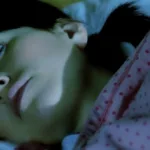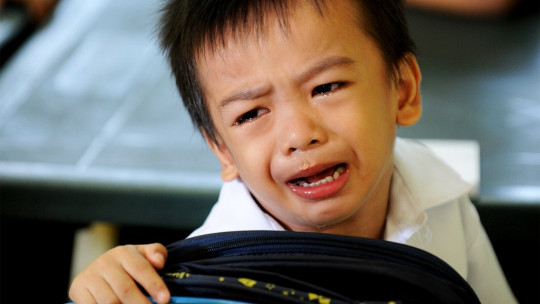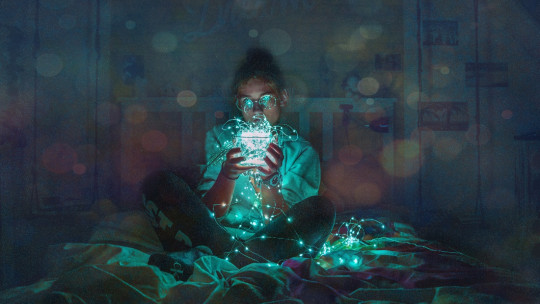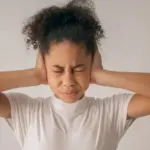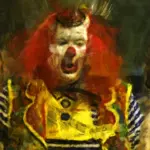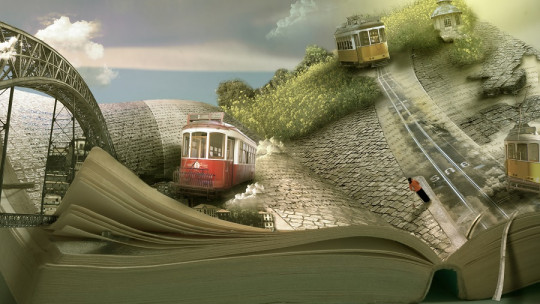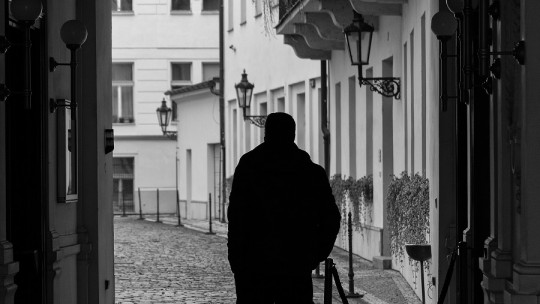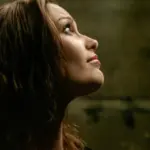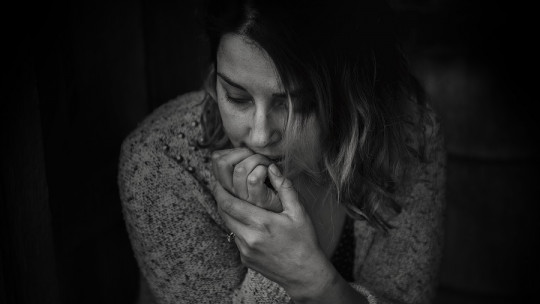
Probably, when you were little, your parents or other relatives told you stories about beings of a different nature that appeared to scare or take away children who, like you, misbehaved or did not want to sleep; in all families in the same area they were the same. characters who came to look for you; Surely you remember the “bogeyman” and the “bogeyman”. Your parents’ only goal with these stories was to make you fall asleep or stop doing something they didn’t like. This occurs thanks to the feeling of fear that most people have when faced with the unknown or the supernatural, a feeling that is normally accentuated when we are younger.
However, this natural and common feeling of fear that we all experience after watching a movie or listening to a horror story can manifest itself very intensely in some people, even becoming paralyzing and submerging them in an intense state of anxiety. This exacerbated fear of supernatural beings or invented characters, It is known as bogyphobia. In this article we will explain in detail what this specific phobia is, including its origin and symptoms.
What is bogyphobia?
Bogyphobia is defined as the extremely intense and unfounded fear of beings of unknown origin and based on legends, whether supernatural (that is, they do not present any similarity with our world and are not governed by the laws of nature) or imaginary (these simply do not exist, they are fictions, but they can resemble the human or come close to the world that know). Within this list, if we are of Hispanic descent, the “bogeyman” and “bogeyman” may sound familiar to us. The pathological fear of ghosts and monsters is also included in this type of disorder.
Although bogyphobia can be summarized as the fear of the supernatural, It is a specific phobia ; Therefore, the manifestations of this (like that of other specific phobias, such as public speaking) go beyond the natural fear and anxiety that occur when facing unknown or disturbing situations.
Specific phobias are a type of disorders that are included in the DSM-5 (Diagnostic and Statistical Manual of Mental Disorders) and belong to the so-called anxiety disorders. Therefore, they are accompanied by a series of symptoms of psychophysiological origin that we will describe later, but among which we can already highlight, for the presentation of the disorder, intense fear and anxiety.
The name of the disease, bogyphobia, It derives from the Greek word φόβος (phobia) meaning fear, and from the Anglo-Saxon word boogeyman. The boogeyman is a creature of mythological origin belonging to Celtic culture. This imaginary being is the protagonist of a variety of legends and stories in the north of the United Kingdom; he would be the Scottish equivalent of our “bogeyman”. He is more, curiously, like this one, he is also represented as an old man who goes looking for children who misbehave and do not listen to the elders to put them in a big bag and take them away from their homes.
Apparently there are copies of the boogeyman and the boogeyman in all countries, just change the name, in Germany it is called “buztemann”, which would be something like buzzed man and in Italy it is known by the term “Babau”. There are many other “scarers” specific to each culture and tradition, apart from those we have mentioned: Baba Yaga, Boogeyman, ChanchoGente, Coco, Guajona. Bloody Bones, Krampus, Lamia, the Big Bad Wolf…
People affected by bigophobia usually develop the disorder during early childhood. This may start in a mild way; like a feeling of fear and fear of finding monsters in the room, commonly under the bed or in the closet, especially at bedtime; It is usually also accompanied by fear of the dark; these children prefer to sleep with a light on. In its mildest form or even without being a reason for diagnosis, bogyphobia is quite common and occurs especially in children who have high doses of imagination and are capable of telling great fantastic stories. This is usually overcome in adolescence with the acquisition of greater cognitive abilities that allow us to discern between reality and fiction.
Bogyphobia is usually seen worse by most people than other specific phobias such as the fear of flying, since these would have, although exaggerated, a well-founded or rational fear; The plane can actually crash – although we know that it is very unlikely to happen. However, the characters that bogiphobes are afraid of do not exist and, what’s more, they usually belong to children’s stories.

Therefore, the reactions of bogiphobes seem more irrational, to others, than those that occur in other types of pathological fears. This prejudice also occurs in those affected themselves, who add to their condition the ridicule they feel when believing in monsters, ghosts or other types of invented creatures when we know, as rational beings, that these do not really exist.
Causes
The origin of bogyphobia occurs in the first years of life through stories about mythological characters or supernatural beings that are told in all families and places, among which are the “child scarers.”
The custom of using a “child scarer” like the “bogeyman” to instill fear in the little ones Its objective is for them to comply with certain normally routine behaviors: taking a bath, eating, going to sleep when at an early hour… They can also be used to ensure that children do not approach dangerous places or use certain objects, even staying away from people.
For example, in the case of places, you can invent a story of a supernatural being that lives in the depths of a well and is capable of extending its arms made of tree branches several meters long to catch children who lurk around. the area and use them as food. If the children believe that a monster capable of harming them lives in the well, they will not look out and they will not fall.
The “child scarers” would be a type of what is known in psychology as negative reinforcement a stimulus is given (the story being told) to avoid or encourage a behavior or attitude (going to bed, not going near the well).
The extent of these characters are present in all countries, and the number of legends that circulate in which these “scarers of children” are protagonists gives us an idea of how common the practice is among boys and girls of all places and times. . Nevertheless, This threat is used less and less due to the risks it may entail such as that of the development of bogyphobia.
As we have explained, bogyphobia usually has its origin in this type of negative reinforcement that involves scaring children, but it can also arise from other causes. Watching a horror movie at too young an age, where reality cannot yet be separated from fiction, can make the boy or girl believe that the monster in the movie is real and is coming for him or her.
This can also develop after some scare or prank in childhood, such as hiding in a place in the house and suddenly coming out screaming. This scare can be specific or repeated, the person does not remember having experienced the situation, but it is somehow registered in the unconscious. Bogyphobia can sometimes occur due to a more complex mechanism: after suffering a childhood trauma, the child in this case is not able to process the traumatic situation and creates the image of an evil monster to protect itself.
Bogyphobia is strongly linked to the pathological terror of the dark (ligophobia), since the symptoms of fear of supernatural beings intensify when the person is in the dark. This is logical, because being in the dark, we do not know exactly what is around us, nor what the noises and shadows we see are related to. People with bogyphobia convert all these stimuli into threatening ones.
Symptoms of bogyphobia
According to the DSM-5 (Diagnostic and Statistical Manual of Mental Disorders), specific phobias are part of anxiety disorders. These pathological conditions can become very serious and present a series of symptoms that disable the person from the correct development of their daily life.
Patients with bogyphobia present a series of common psychological symptoms as:
Like other specific phobias, there are a series of physiological reactions that can occur during exposure to the situation or before, due to anticipation. Although there are differences, not all people present all the symptoms, nor do they occur with the same intensity. The following reactions commonly occur:
Physical symptoms can aggravate psychological ones since the person can relate, for example, increased heart rate with the risk of suffering a heart attack and death.
In the case of bogyphobia, people normally choose to flee, and leave the place that causes them panic and try to avoid exposing themselves in the future to the same situation that caused the anxiety. In the case of infants, the expression of anxiety and fear occurs through intense crying that takes the form of tantrums. Young children can remain paralyzed and cling tightly to the people who care for them, without moving.
Treatment
The psychological treatment of bogyphobia is based on the management of anxiety and irrational beliefs that maintain this dysfunctional reaction based on fear. To do this, these forms of psychotherapeutic information are used:
- Psychoeducation
- Controlled exposure
- Systematic desensitization
- Cognitive restructuring

